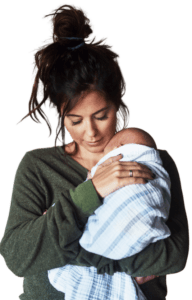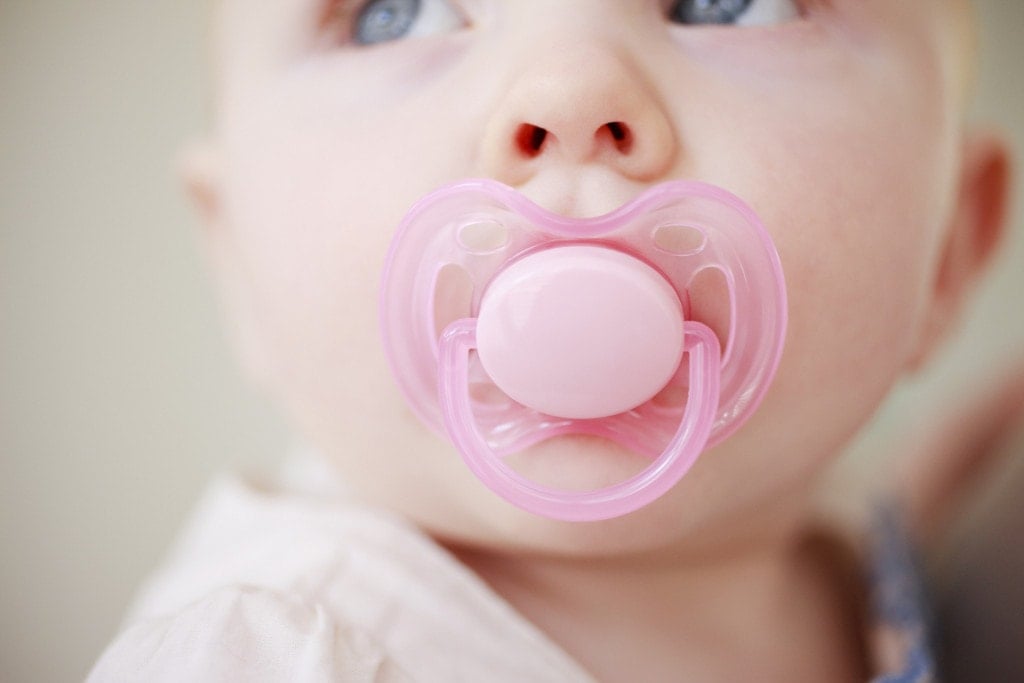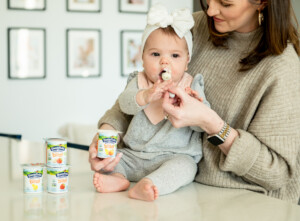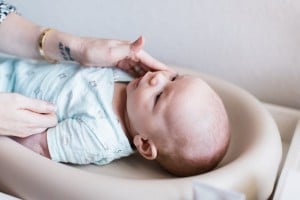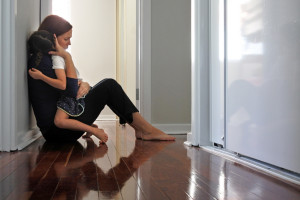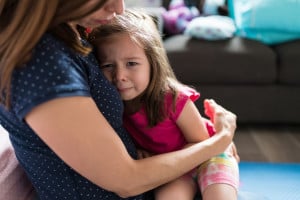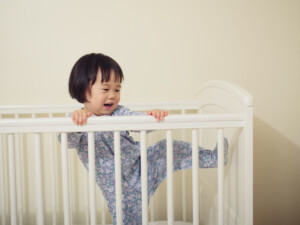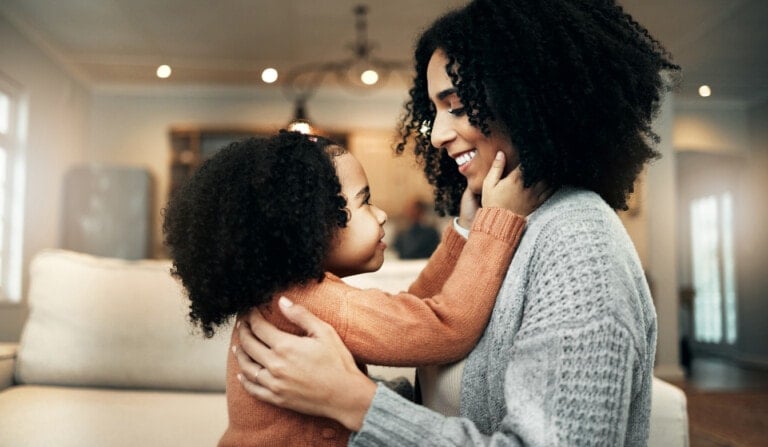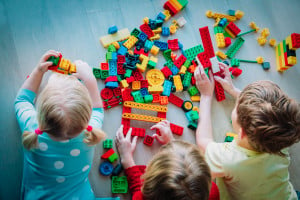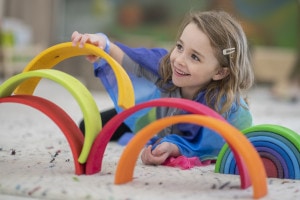Pacifiers are a great tool for little ones. Babies who take to a pacifier can use them to self-soothe and help fall asleep independently. And while that is great for the parents, they can also be a source of annoyance when it comes to washing, finding (they are always missing!), and replacing them.
If you’re anything like me, you will most likely end up with a ton of pacifiers. You may buy different kinds to find one your baby likes. Or maybe you have found the golden pacifier, and you buy them in bulk, so you are never without one. Having that many pacifiers can become a huge pain to wash. But with something being in a child’s mouth so often, it’s important to know the correct way to clean them and when to throw them out and replace them for good.
How to clean pacifiers when you first buy them.
Experts suggest sanitizing pacifiers when you first open them.1 You can do this by using a bottle sanitizer or bringing water to a boil in a pasta pot and throwing the pacifiers in for 15 minutes. Make sure pacifiers cool and dry thoroughly before giving them to your baby.
A note before you go out and buy pacifiers is to make sure you are only purchasing one-piece options. Not only are these the safest option (two-pieces can break off and become a choking hazard), one-piece pacifiers can often be thrown in the dishwasher after being sanitized, making cleaning much easier!
How to clean pacifiers when your baby is under 6-months-old.
Doctors and dentists usually recommend continuing to sterilize binkies while your child is under six months of age.2 This is due to bacteria that are generally only harmful to an infant’s immune system. You can simply boil water after use, or you can buy a sterilizer that goes safely into the microwave for a quicker option.
While it may seem excessive, experts recommend cleaning a pacifier after each use, especially for younger children. It is also important to note that using your own mouth to clean off a pacifier may actually cause more harm than letting the dirt from the floor remain on the binky. This is due to bacteria in our mouths that can cause infections in our little ones.
How to clean them when your baby is over 6-months-old.
Once your baby reaches the six months and older phase, you can relax a bit when it comes to cleaning pacifiers. Instead of sanitizing, experts say that simply washing with hot water and soap is enough to rid them of harmful bacteria. It may be beneficial to have two sets of pacifiers so you can clean one set a day and always have a set washed and ready to go.
It’s a good idea to continue your sanitizing practice every few weeks to ensure all pacifiers are truly bacteria-free. Consider choosing one day every other week to throw all pacifiers into a boiling pot of water.
And don’t forget about the pacifier strings, Wubbanubs, and other pacifier attachments! These can get even dirtier than the pacifier themselves. If your child is like mine, these attachments are also used as a sucking mechanism. Look at specific instructions for each attachment. Many of these can be washed with hot water and soap or even thrown into the washing machine.
When to replace pacifiers.
You will probably be able to tell when a binky needs to be replaced. The texture will feel off and grainy. They will begin to look old. But if your baby doesn’t suck that hard, the texture may not change. If this is the case, pediatricians suggest replacing pacifiers every two months.
It is also important to note that many pacifiers have sizes. I did not realize this until my 1.5-year-old had shoved an entire binky into her mouth. That’s when I noticed that her pacifiers were for babies 6 months and younger. Make sure you pay attention to these sizes and replace pacifiers when your baby is nearing that age. Some pacifiers may be marked newborn, 0-3 months, or 0-6 months. Those smaller sizes can be dangerous for older children.
You will quickly learn that having a baby means a ton of cleaning. To make it easier, try to schedule a day and time every week to sanitize and clean items like bottles and pacifiers. When my daughter was younger, we bought a microwavable bottle sanitizing kit and would throw all her bottles and pacifiers in together. Thirty seconds later, they were good as new! No matter how you clean your baby’s items, be sure you pay close attention to doing it correctly. Happy cleaning!
